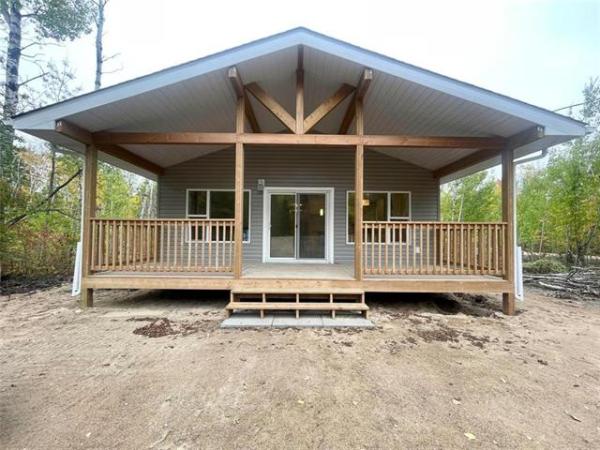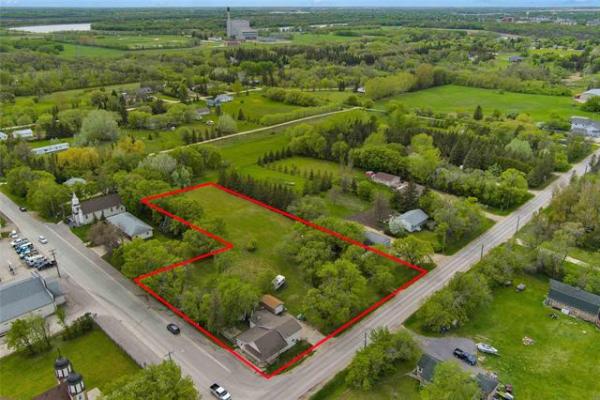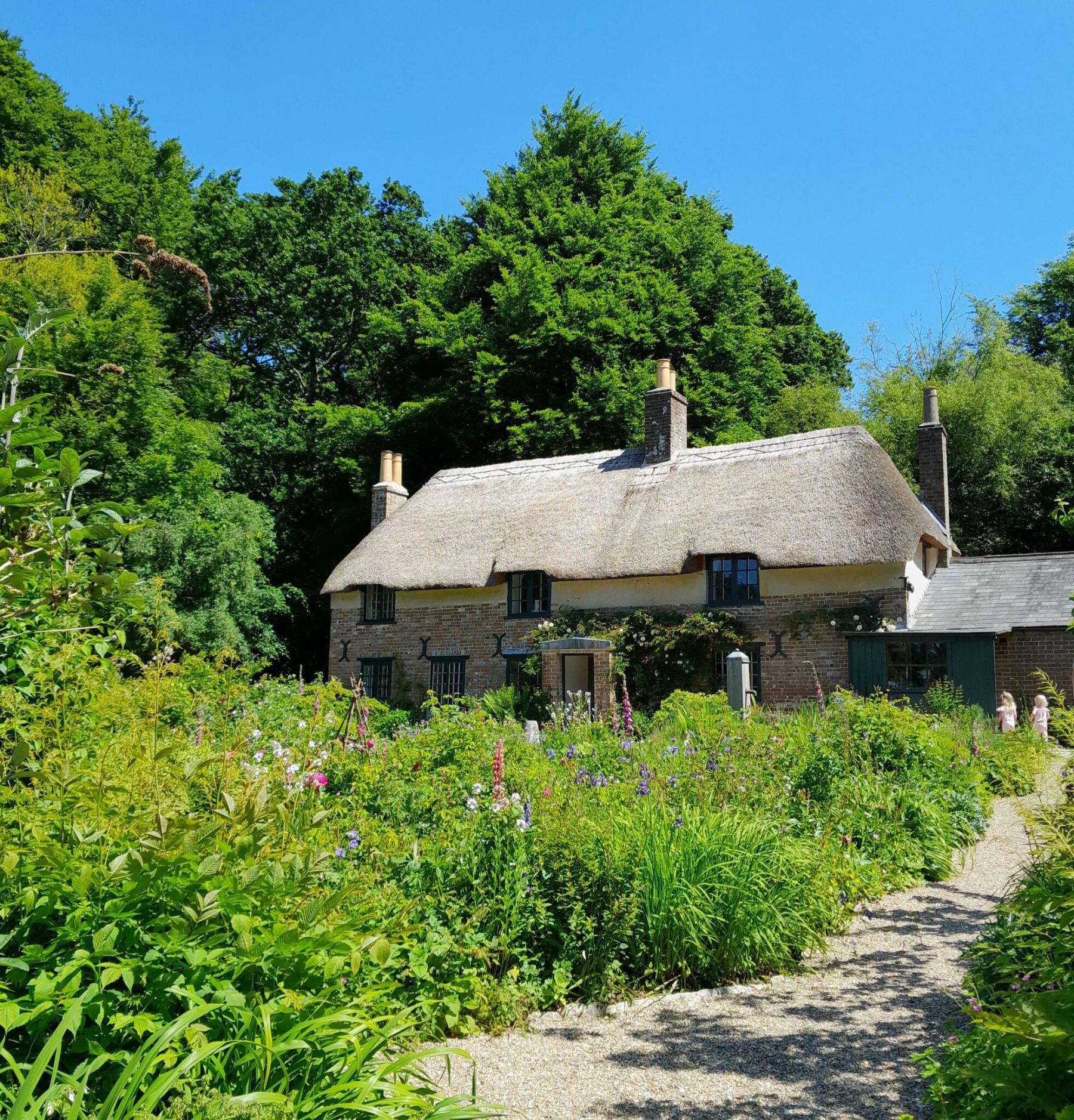
Phil Broomfield photo
A traditional cottage garden frames Thomas Hardy’s birthplace cob and thatch cottage, built by his great-grandfather in 1800.
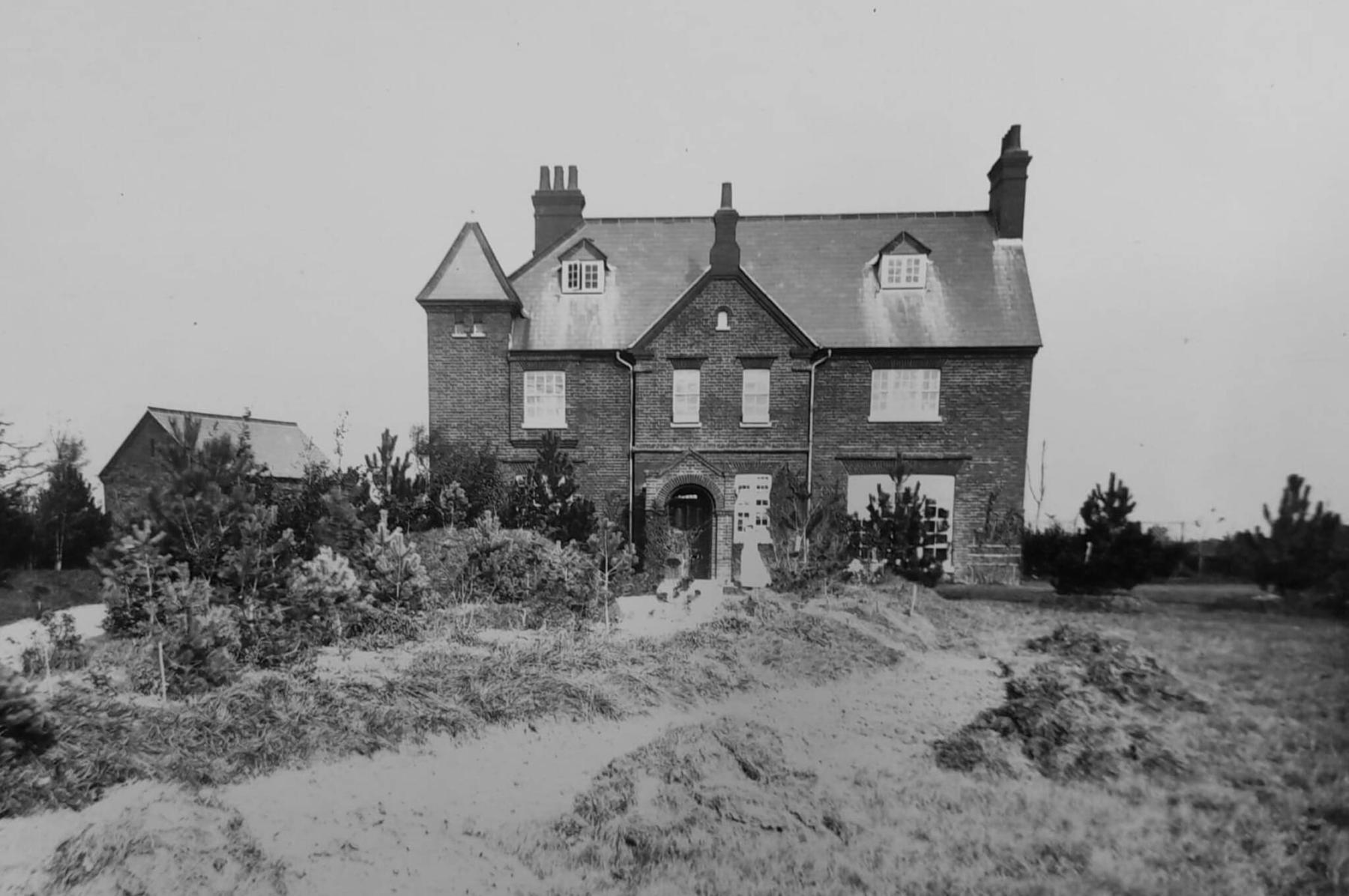
Archival photo
Max Gate was built in the 1880s on an open exposed site until Thomas Hardy planted hundreds of trees.
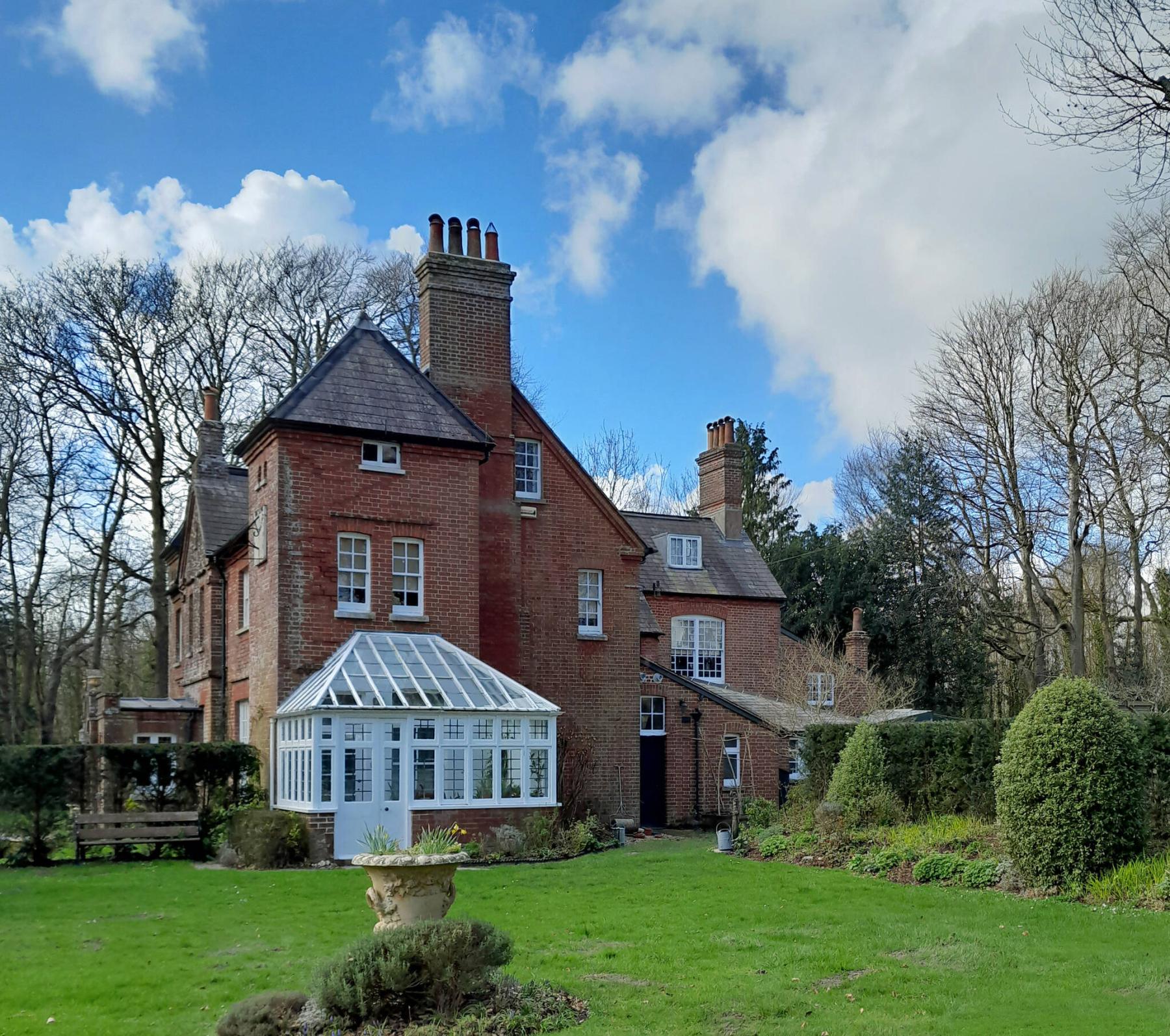
Phil Broomfield photo
Added in 1920, the conservatory at Max Gate, the home that Thomas Hardy designed, was used for potting and displaying flowers.

Phil Broomfield photo
Phil Broomfield, owner of The Garden Doctor in the U.K., is offering virtual garden history lectures to groups in Canada.
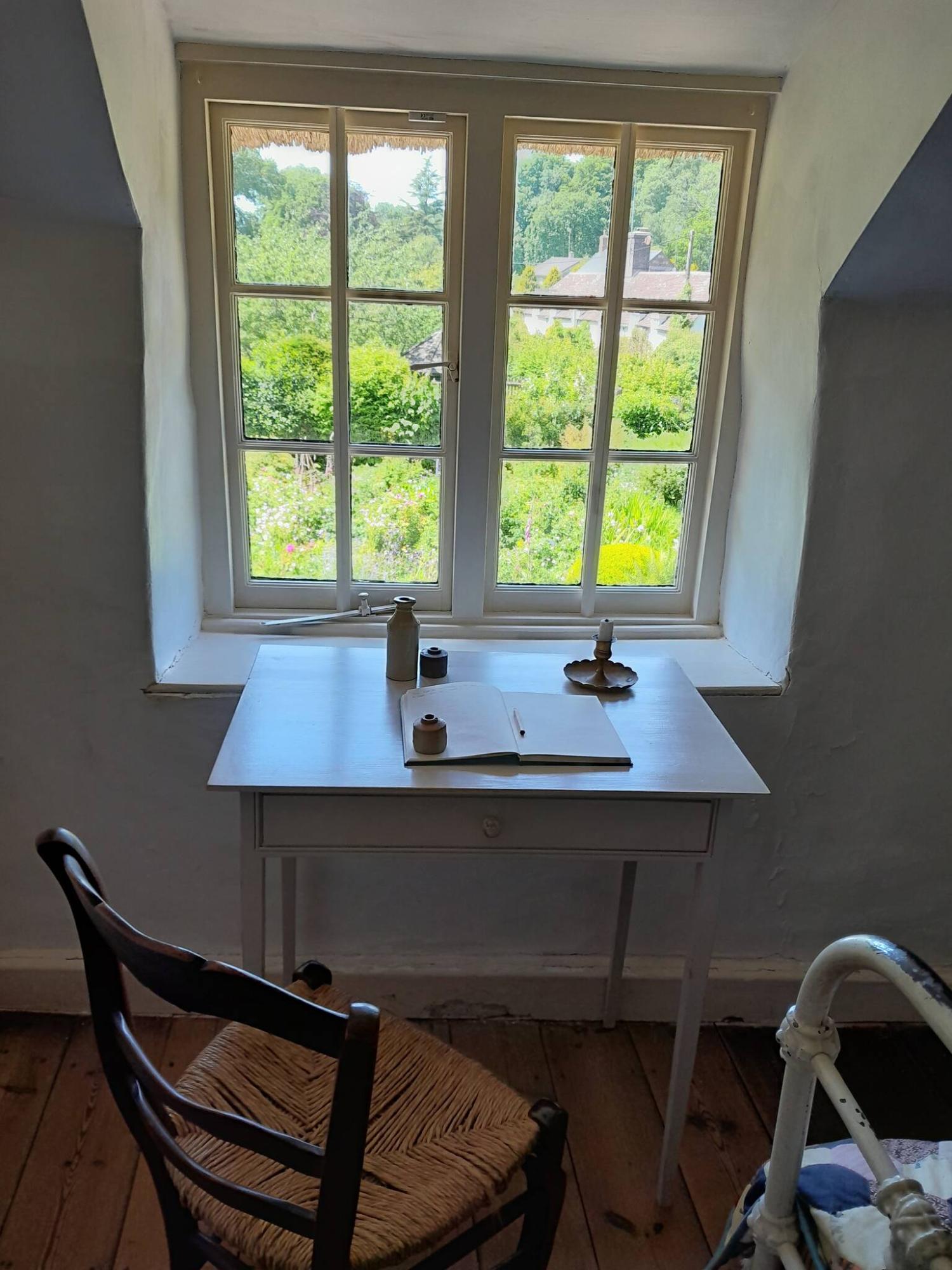
Phil Broomfield photo
Thomas Hardy’s writing desk at his birthplace cottage, where he wrote Under the Greenwood Tree and Far from the Madding Crowd.
It’s September, and just as the kids are back in school to gain knowledge, garden clubs and horticultural societies are planning program evenings that provide learning opportunities for their members and the gardening public.
Prior to the pandemic, few garden clubs used video conferencing services such as Zoom. But lockdown changed everything. Virtual programming not only allowed learning opportunities and networking to continue during COVID, but has since opened doors to a greater audience for both garden clubs and public speakers like Phil Broomfield.
Broomfield is a United Kingdom-based garden historian and storyteller who gives lectures to women’s institute groups, garden clubs, horticultural societies and other organizations whose members are interested in exploring the evolution of gardens, horticulture and design.
Broomfield, 44, is also a horticulturalist and owner of The Garden Doctor, a garden maintenance service in Bournemouth on the south coast of England.
“We’re literally in the centre of the south coast, which overlooks the English Channel and the Isle of Wight,” he said when we met virtually on Zoom.
Broomfield visits countless National Trust gardens and historic houses in the U.K. and is pursuing research studies. Through his volunteer work for the National Garden Scheme and in the historic garden at the Russell-Cotes Art Gallery & Museum, a Victorian-era house and gallery on Bournemouth’s East Cliff overlooking the sea, Broomfield began organizing garden tours a few years ago. He’s an engaging guide, and invitations to deliver garden talks naturally followed.
Now, Broomfield wants to deliver virtual presentations to garden clubs and horticulture societies in Canada. One of his presentations explores the gardens of renowned English novelist Thomas Hardy.
Broomfield is known as the garden history detective.
“In terms of horticulture and plant knowledge, I’m very much interested in Gertrude Jekyll,” said Broomfield.
Jekyll, born in 1843, in Surrey, England, is considered one of the most influential garden designers of the early 20th century.
“But I’m also interested in Sherlock Holmes,” he said. “I like to delve into the origins and history of historic gardens and landscapes and how the designs evolved. The 19th century and early 20th century were obviously a different time. People like to learn about a historic building and its landscape or the garden and the plants, but also about the social history and the characters behind what was constructed — what was their thinking and how has the whole tapestry changed and evolved over time?”
Thomas Hardy’s birthplace, a cob-and-thatch cottage built in 1800 by his great-grandfather, and his home at Max Gate, which was designed by Hardy himself, were exciting topics to research, said Broomfield.
“People can relate to Hardy through his writings. Hardy’s birthplace cottage in Higher Bockhampton, Dorset, is where he wrote both Under the Greenwood Tree and Far from the Madding Crowd. The room with his writing desk looks out into a garden, although the flower garden we see today was laid out much later when his good friend Hermann Lea, a photographer and author, lived there. Hardy helped him design the garden.”
Hardy loved nature. The landscape around his birthplace cottage was the backdrop to many of the stories he wrote, said Broomfield.
“I talk about Thomas Hardy as a person and look at where he grew up in the countryside amongst nature and wildlife and how that experience influenced his thinking.”
Hardy studied architecture and was intrigued by archeology.
“Max Gate, where Hardy lived until his death in 1928, is constructed on a Neolithic circle,” he says, referring to a structure from the later part of the Stone Age.
In his talk on Hardy, Broomfield includes many wonderful archival photos, including one of Max Gate in 1901 where Hardy is pictured with his bicycle, and another of Hardy standing next to an ancient Druid stone that he uncovered on his property.
But there are also marvellous, modern-day images — one that shows Rosa Alberic Barbier, a magnificent rambling rose introduced in 1860, which frames the entrance to Hardy’s birthplace cottage. Archival photos from 1880, when Max Gate was being built, show an open landscape, but Hardy planted hundreds of trees and shrubs to shelter his property and give him the privacy he craved.
“I give a potted history on cottage gardens and talk about the influences in cottage garden design over the last 200 years,” Broomfield explains.
What an interesting term — potted history. A British expression, it means a condensed summary containing only the most important facts.
“I go through a timeline of Hardy’s life at both sites — the birthplace cottage and Max Gate — and talk about how the gardens were developed, as well as about the plants and their medicinal uses back in the day. Both gardens are cottage gardens and are full of perennials with edibles mixed in.”
The gardens contain few bedding plants although Antirrhinum — snapdragons — are a cottage garden favourite, said Broomfield.
In 1920, Hardy added a conservatory to the house at Max Gate. It was used primarily for potting and displaying flowers.
Broomfield shares many other insights, too. He’s found many people want to know not only about the history of a historic home and garden and the people who once lived there, but also about the present and the future.
“Traditionally, a lot of the historic landscapes in the U.K. would have had carpet bedding displays, but many sites have moved away from carpet bedding because of the cost factor,” said Broomfield.
Carpet bedding, an elaborate and formal system of planting intricate patterns that used herbaceous annuals, became popular in the 1800s. Cottage gardens, which combined hardy perennials with a mix of fruit trees and vegetables, were more prevalent in rural areas and are beloved to this day.
“A lot of historic sites now grow food that can be used in their kitchens. It’s about adapting gardens to the climate as well as financial factors and making sure that food — because some of these larger properties have massive orchards — does not go to waste and can be utilized somewhere,” he says.
Broomfield offers a series of garden history lectures across Dorset where he lives, but for now is offering only his virtual lecture on Thomas Hardy to clubs and associations in Canada. It is 45 minutes to an hour in length.
“If a garden club or horticultural society contacts me, we can work out a fair price,” he says.
Intrigued? To book your garden talk, visit www.philbroomfield.com.

